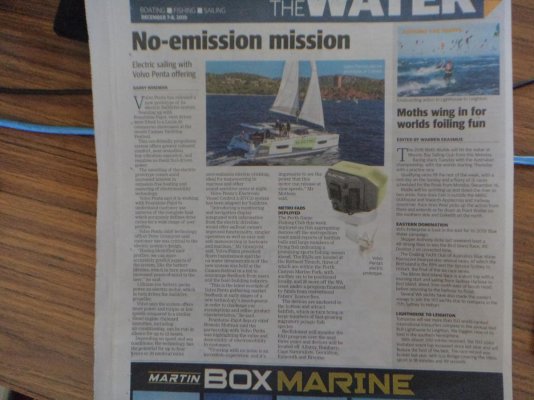rsn48
Guru
- Joined
- Feb 18, 2019
- Messages
- 2,019
- Location
- Canada
- Vessel Name
- Capricorn
- Vessel Make
- Mariner 30 - Sedan Cruiser 1969
Harbour Air is a smaller airline in British Columbia servicing many smaller locations but some popular ones as well, Nanaimo for example. This coming Wednesday December 11/2019 the first electric aircraft will take to the air. The aircraft is a converted Beaver, in itself an historical craft. This flight will be the first commercial endeavor in the air industry in the world.
The reason I post this in a trawler forum is that I know many are following electrical propulsion trends in boating and most likely other areas as well. Initially the Beaver will only be allowed to fly in non-rainy weather but I suspect this requirement will soon be lifted. Harbour Air has announced that eventually it wants to go electric on all the aircraft.
https://www.bizjournals.com/seattle...air-ceo-will-pilot-worlds-first-electric.html
The reason I post this in a trawler forum is that I know many are following electrical propulsion trends in boating and most likely other areas as well. Initially the Beaver will only be allowed to fly in non-rainy weather but I suspect this requirement will soon be lifted. Harbour Air has announced that eventually it wants to go electric on all the aircraft.
https://www.bizjournals.com/seattle...air-ceo-will-pilot-worlds-first-electric.html







